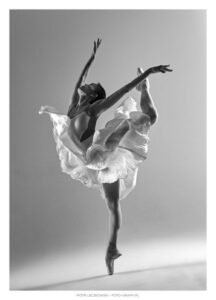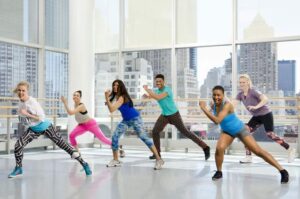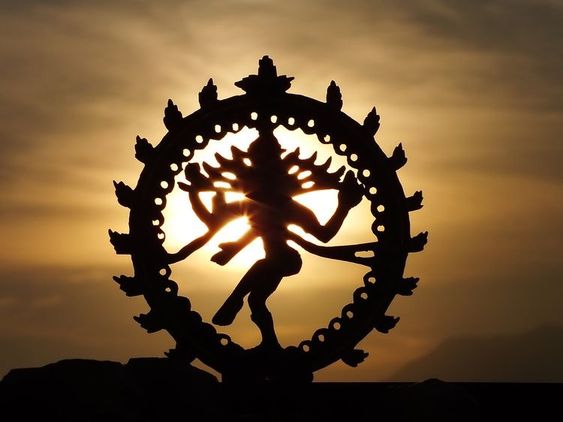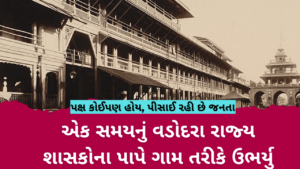Art, in its ever-changing mixture of intellectual and emotional, physical and spiritual, offers a unique means of exploring ourselves and our position in the wider world. It allows us to exchange with others about what we see, feel, think and sense, opening dialogue within and between individuals and communities. Dance, a fully-fledged art form belonging to the performing arts, allows us to express our inner feelings, thoughts and experiences. It is a natural form of self-expression, and through it, our body expresses how free we actually are while also highlighting the restrictions our minds impose on it.
Dance is an art form in which human movement becomes the medium for sensing, understanding, and communicating ideas, feelings, and experiences. To be proficient in the art of dance, one must understand and apply its own content, vocabulary, skills, and techniques. All these elements are simultaneously present in a dance or even in a short movement phrase.
However, is dance only meant for its higher expression in the performing arena? Or is it time to reconnect ourselves to our bodies and reintegrate dance as an integral part of our daily life?
Dance has always been one of the intrinsic expressions of human beings, and in ancient times, people used to constantly dance. Natural events, community gatherings, family moments, war and peace, and the seasons of the year were all moments and events to be expressed through collective, family, and individual dances. Dance is still present in many people’s daily lives, especially in rural areas. Celebrate the rhythm of life: Happy International Dance Day!
Yet, to what extent is dance present in formal and non-formal educational systems? Is it only considered as an art form, or is it also a tool in the hands of practitioners? Is it legitimate to dance not only as an art form or as a way to express oneself but also as an educational tool?
Dance, in its ability to communicate ideas, feelings and experiences, can also be utilized as a means of education. It can help individuals learn about their own bodies, their movements and limitations, and how to control them. Additionally, it can help develop social skills, such as cooperation, communication and teamwork. Therefore, dance as an educational tool can help enhance cognitive, social and emotional development.
Dance is not just an art form, but also a natural form of self-expression and a tool for education. As we continue to evolve and develop, it is essential that we maintain our connection with our bodies, and dance is an excellent way to achieve this. Whether it is through formal or non-formal education, dance can help individuals develop skills and abilities that will benefit them in all aspects of life. Dance has been a form of artistic expression for centuries, but in recent years it has evolved into a popular form of exercise. People are increasingly turning to dance as a way to stay fit, lose weight, and improve their overall health. This shift has led to traditional dance forms being adapted for fitness purposes, and new dance styles being developed with fitness in mind.
Zumba, a dance style that combines Latin and international music with dance moves, has become one of the most popular dance styles for fitness. Created in the 1990s by Colombian dancer and choreographer, Alberto,Beto, Perez, Zumba was designed as a fun and effective way to get in shape. Today, Zumba classes can be found all over the world, with millions of people participating in this fun and energetic workout.
Another popular dance style for fitness is hip hop dance. This urban dance form originated in the Bronx in the 1970s and has since evolved into a global phenomenon. Hip hop dance is characterized by its fast- paced, high-energy movements and is an excellent way to improve cardiovascular fitness, coordination, and agility.
Even traditional dance forms like ballet have been adapted for fitness purposes. Ballet, known for its grace, elegance, and precision, can also be an intense workout. Dancers require significant strength, flexibility, and endurance to perform the intricate movements. Ballet-inspired workouts such as barre classes have become increasingly popular as a way to tone and sculpt the body while improving balance and posture. In addition to the physical benefits, dance has also been shown to have positive effects on mental health. Studies have found that dancing can improve mood, reduce stress and anxiety, and increase self-esteem. This is because dancing requires concentration and focus, which can help to distract from negative thoughts and feelings.
The shift towards dance as a form of exercise has been a positive development for the fitness industry. It has opened up a new avenue for people to stay active, healthy, and engaged while having fun. Dance fitness classes provide a social and supportive environment where people can work towards their fitness goals while enjoying themselves. So, if you haven’t tried a dance fitness class yet, grab your dancing shoes and give it a go. You may be surprised at how much fun you have, and how good it makes you feel.
-Saakhi Bhatt









